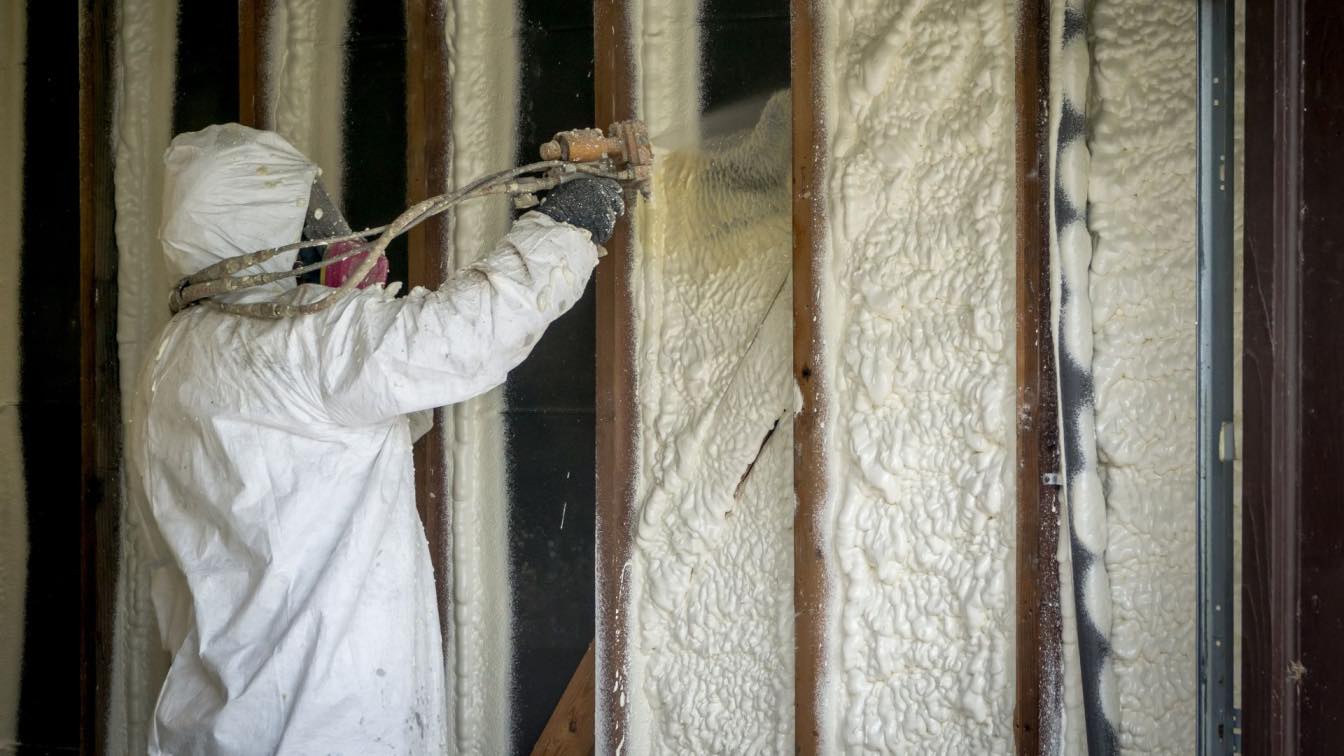The internet has become an integral part of our lives. Many people work from home and kids learn virtually everything via the internet. You likely have a cable from an ISP that connects to your router for both wired and wireless connections. But have you ever wondered what other ways exist for connecting a home to the internet? This is what we will be looking at below.
Fiber Optic or Copper Cables
If you live in a large city, there are chances that you live in a building that is connected to a fiberglass cable. These fiberglass cables are connected the same way telephone lines used to be connected to home, the difference being that they carry data information instead of audio or voice. With the rise of technology and the need for fast and reliable internet, many small businesses are now utilizing these same fiberglass cables to connect to the internet. This allows for faster data transfer and better connectivity, making it the ideal choice for home and small business internet needs. If you're shopping for a 1 gig internet provider, consider choosing one that utilizes these advanced fiberglass cables for the best internet experience. Not only will you have lightning-fast speeds, but you'll also have a reliable and stable connection for all your online needs.
The internet leaves an ISP’s server or distribution point and is buried underground using conduits. The cables are run inside the conduits to a pole or a distribution box next to the home. But what type of conduit to use underground? Some ISPs use PVC conduits, although fiberglass conduits have become very popular due to how cheap they are and how easy they are to work with.
Do note that many ISPs run copper cables for longer distances and then connect to your home using fiberglass from the distribution box. Some run fiberglass all the way through meaning there is no need for the distribution box.
Once the fiberglass reaches your building it is connected to a cabinet that allows the connection to be spliced so it can go to different apartments.
Coaxial Cables
Coaxial cables are run the same way fiber and copper cables are run, with the key difference being the type of cable used. These cables are connected to the back of the modem or router and then the router or modem is connected to a computer using an Ethernet cable.
Satellites
Satellite connections are very popular in rural and isolated areas because running cables there would be very expensive. This system uses a distribution center, a satellite or several of them, and a dish installed in the home.
Signals are sent from the distribution center to the satellite and then to your dish. Packets of data can also go the other way. The main downside of a satellite connection is that it is usually very expensive and has a much higher latency than other connection options.
If you live in a rural or isolated area, you might not have any other options than cellular connections.
Dial-up
Dial-up is the slowest option we have today, and you might be surprised to learn that some people still use it today. It uses a separate phone line and a telephone to connect to the internet. Even though some homes still use it, you will find it used for connecting card readers to remote systems because these devices send and receive very little data.
These are the main ways people receive the internet in their homes. Ideally, you want to be connected to a coaxial, copper, or fiberglass cable, but satellites and dial-up remain an option for those who do not have alternatives.





